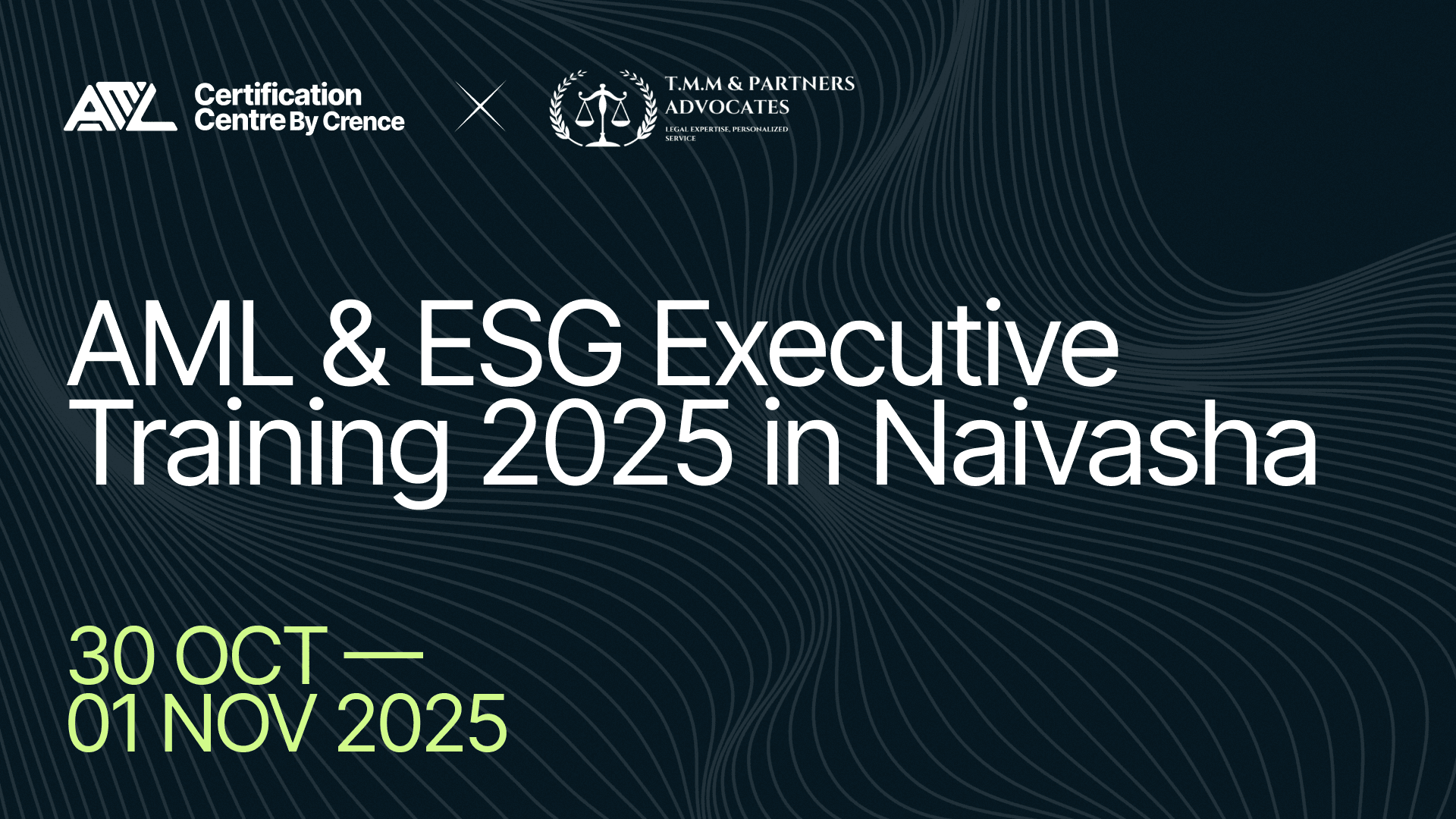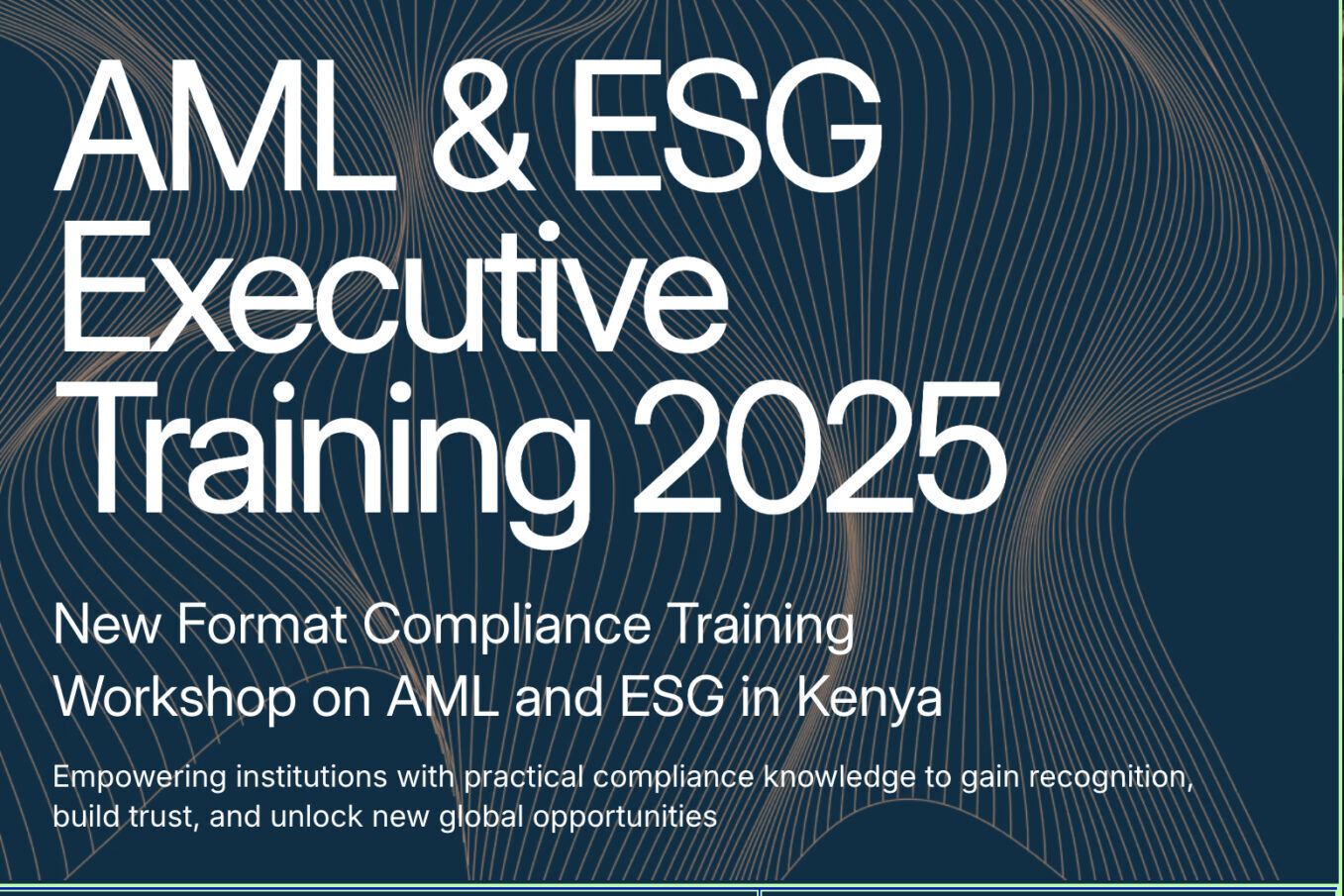Financial fraud takes a huge toll on companies every year. According to Fibe-berlin, in the U.S., fintech companies suffer costs of 1.7% of revenue or $51mn. Also, PwC’s 2022 survey data showed that about 44% of financial institutions experience problems with customer fraud, financial crime.
To combat illicit money flows, fraud prevention and other illegal activities in finance have been adopted:
- International anti money laundering AML, KYC, CFT procedures.
- Bank Secrecy Act (BSA) is one of the major and first pieces of legislation requiring banks to conduct AML procedures and generate reports for regulators.
- USA PATRIOT Act 2001 was approved to strengthen the fight against terrorism and to track financial flows.
- FATF guidelines were developed to counter corruption and deal with high-risk transactions.
- The EU’s 6th Anti-Money Laundering Directive (6AMLD) expanded AML verification rules.
In 2023, the total amount of fines for non-compliance with AML (insufficient customer due diligence, failure to comply with sanctions, missing high-risk transactions) amounted to $6.6bn, of which the largest fines were issued to Binance crypto exchange – $4.3bn, Crown Resorts casino – $450mn and $186mn to Deutsche Bank.
Thus, many organizations searching for a solution have started looking at modern technologies to ensure transparency in business operations, comply with AML norms, and reduce fines. Today, many AML AI solution have been developed with ML NLP implementation aimed at helping AML officers in their fight against the escalating illicit financial flows in the world. AI works with big data to identify suspicious transactions, intentional data alterations, anomalies in user behavior (distinguishes legitimate account holders from fraudsters), and customer identity verification (differentiates between real and fictitious indicators that are mixed to confuse the system). Also, AML AI software is used to combat potential hacker attacks on banking systems, platforms, and servers.
Application of Artificial Intelligence in AML Processes
Artificial Intelligence (AI) is a wide range of technologies that aims at imitating by computers the processes of human intelligence, such as learning, searching for opportunities to solve a certain problem, etc.
The financial institutions needs new tools to combat the ever-evolving fraud schemes effectively, financial crime.
The financial services industry needs new tools to effectively combat ever-evolving fraudulent schemes. They are Anti money laundering AI technologies that are adaptive and have great potential in working with AML.
In finance, AI is being used to:
- Analyzing large amounts of data in real-time.
- Identify potential risks, new trends in transaction monitoring, and suspicious user activity.
- Reducing costs by reducing false positives and improving accuracy in AML compliance.
- Matching information from a customer’s profile and their movement of funds.
- Labeling high-risk transactions.
- Enhance KYC and AML compliance solutions.
- Detecting new tactics in money laundering activities.
- Speeding up investigations and protecting reputations.
Automated Tools in Anti-money Laundering
Typically, automated artificial intelligence money laundering tools are developed for:
- AML screening. Such AML software searches for individuals/juridical persons on sanctions lists, PEPs, international wanted lists, and so on. Finding clients in these registers means assigning them a high-risk level and the existence of a potential money laundering threat.
- Customer verification, KYC/KYB clearance. In this process, the software has to collect and verify the customers’ identification details like name/name, date of birth/foundation, and address of registration. All the information obtained is analyzed, and a certain risk level is assigned to the customer. The information obtained is stored throughout the entire process of interaction with the customer.
- Transaction monitoring. The software tracks a huge number of transactions in real-time. Its functions include selecting from the list: suspicious, different from regular trends (different geographical area of the client, change of profile before moving a large amount of money from one account to another), multiple flows of small amounts to one common account, conducting a large number of transactions after hours, a sharp increase in volume.
- Risk Assessment. The software works on constant monitoring of risks, identification of clients, transactions with high risks, assigning scores based on the location of the client, the source of his income, presence in sanctions and other lists, etc.
AML software can also generate sophisticated regulatory reports (Suspicious Activity Reports (SARs)).
With the emergence of cryptocurrencies, there is a need for oversight in this area as well. AI can evaluate the blockchain of digital currencies and also identify certain patterns in their activities.
How AML Software Helps in Business Activities
When choosing AI in AML, companies should take into account not only international regulatory standards but also local, industry-specific norms. AI in AML software helps to significantly improve the algorithms of verification and control of financial transactions.
Effective AML software enables the following tasks to be accomplished:
- Improve AI solutions for AML.
- Accelerate due diligence.
- Identify the ultimate beneficial owner.
- Conduct transaction audits.
- Ensure compliance with compliance changes.
- Improve customer reporting and enrollment process.
Application of AI tools for AML
According to Nasdaq, in 2023, the total loss from fraudulent schemes amounted to $485.6 billion. This is why financial institutions have taken a proactive stance in searching for new tools. The application of AI for AML in banking has revolutionized.
CitiBank implemented AI to improve risk management, determine the risk score for a transaction, and receive alerts from the system when high-risk suspicious transactions occur.
Standard Chartered Bank started using AI to review huge transaction volumes and identify potentially illegal activities.
HSBC, with AI, has optimized its cost of performing AML procedures. HSBC is using Google’s AML AI.
Union Maga is applying AI in chatbots for 24/7 customer support.
Huge international company Swift, along with several financial institutions like BNY Mellon, Deutsche Bank, DNB, HSBC, Intesa Sanpaolo, and Standard Bank, will be exploring the use of AI in payment fraud tracking processes, financial crime.
At Spuerkeess, AI is now being used in product sales. AI categorizes transactions into certain classes, and then the system offers the customer the appropriate services/products on this basis. The result is that 85% of customers buy what the system suggests to them.
BNP Paribas said that the AI-enabled software contributed to a 75% reduction in erroneous transactions.
AI improves not only the AML system but also the user experience when touching the platform, website, etc.
For financial services companies, Napier AI Continuum has developed solutions to pass AML in the form of a hosted service. Also, C3 AI applies machine learning to identify typologies in transactions.
But, there are challenges like integrating AI with legacy banking software. Also, the accuracy of the data provided is reflected in the final report and the final recommendations of the system. In addition, companies face the issue of return on investment in AI systems.
Enhanced Due Diligence
Enhanced Due Diligence (EDD) is a part of KYC and takes place when establishing a business relationship with a client. EDD is a more thorough analysis of the client’s activities and establishing the degree of risk for further decision-making on cooperation or refusal to cooperate. In EDD, artificial intelligence anti-money laundering is implemented to fully collect information and scan all data about the client’s financial transactions.
The EDD includes financial analysis (current balance sheet, debts), legal information (all about non-fulfillment of contracts, court cases), review of the organizational structure of the company, analysis of the market and competitors, and reputation assessment.
For EDD, apply machine learning or NLP as different types of data are processed to determine risk.
EDD procedure with AI is applied for:
- The financial sector and conducting a full financial assessment, examining credit payment history, and checks asset management.
- Investment purposes and investigating company operations for investment and expansion purposes.
- Real estate purchases and evaluating the owner’s documents and the owner’s tax obligations.
- Insurance and analyzing the client’s profile, identifying potential risks.
- Merger of a company, identifying problematic issues.
- IT and identifying vulnerabilities to cyber-attacks.
Ultimate Beneficial Ownership
UBO is the identification of the ultimate beneficiary or the person who owns at least 25% of the shares, at least 25% of the voting rights, and 25% of the capital of the company.UBO is a part of KYC when financial institutions establish a business relationship with a customer, open an account, and arrange other services.
UBO, in all machine learning, provides transparency in determining the ownership structure. Companies can be incorporated in one jurisdiction, and management is from another. AI can quickly identify the true owner among the confusing structural maze of corporations.
AI analyzes registries, financial documents, news articles, and legal information, verifies addresses, and looks for patterns to establish a connection to the actual ultimate owner. It is not difficult for AI to analyze information in multiple languages and check social media and emails. Also, AI algorithms learn and adapt, so predictions become more accurate each time.
The use of AI in UBO allows you to:
- Analyze complex ownership structures, detect frequent changes of managers/owners, and identify transactions that are not in line with the company’s operations.
- Make predictions about future activity based on jurisdiction, industry, and established ownership patterns.
- Establish a connection between a particular person and the company, for example, by analyzing news coverage of that person.
Difficulties that can be encountered when applying AI are data confidentiality because the algorithm searches for information from all sources, information on which the model was trained can lead to distorted results, and false positives alerts of the system can cause incorrect risk identification.
Monitoring Financial Flows
According to Thefintechtimes, the global transaction volume in 2023 amounted to $266 billion, with real-time transactions predicted to reach $575 billion in 2023. Therefore, to monitor financial flows, it is particularly relevant to apply technologies that, among such a growing volume of information every year, will immediately identify potentially money laundering activities
The advantage of AI systems is that they can adapt to such a rapidly scaling volume of transactions and provide fast and accurate results in transaction monitoring.
HSBC, Capital One, Danske Bank, ING Bank, BNP Paribas, and McKinsey & Company all use AI algorithms in their operations.
Compliance with Regulatory Requirements
By applying NLP, AI tools can scan information from text documents and analyze changes in regulations, rules, and KYC procedures. This helps in ensuring that companies comply with all requirements and avoid penalties in the form of fines.
AI is applied for compliance, and it means that:
- The environment is monitored to update regulatory requirements, and the entire system complies with them.
- There are no regulatory issues.
- Transparency of operations is ensured.
- Audits and reporting are expedited.
The Process of Establishing Business Relations with Clients and Document Management Optimization
AI perfectly optimizes the data collection process during KYC, reduces employee errors, speeds up customer registration, saves time, and improves the accuracy of operations.
AI in the process of establishing a business relationship with the customer provides:
- A personalized experience where AI identifies customer needs and suggests appropriate products/services. McKinsey conducted a study and found that businesses using AI had a 35% increase in customer satisfaction.
- Employee automation. AI collects and verifies the information provided by the customer. Reduces data entry by up to 80%.
- 24/7 customer support with AIM chatbot. In 2022, Bank of America‘s chatbot handled about 1 billion customer interactions, helping reduce call center work by 10%.
- Accelerates user registration in the system.
- Collects customer feedback.
- Predicts future customer actions based on customer interactions
The AI-enabled software market is growing and will be valued at $41.52 billion by 2028.
For financial services companies, incorporating AI into AML/KYC processes offers a host of benefits, from improving the quality of customer interactions to quickly implementing regulatory changes and providing transparency to regulators. Such a complexly regulated area as finance, with the use of AI in its structures, has significantly reduced the cost of manual labor, the possibility of errors made by employees, and the percentage of high-risk transactions.
AI tools can help financial institutions comply with evolving AML/KYC regulations, preventing costly penalties. AML Foundations Course is designed to keep professionals updated on the latest regulatory changes, ensuring that compliance teams remain proficient.









